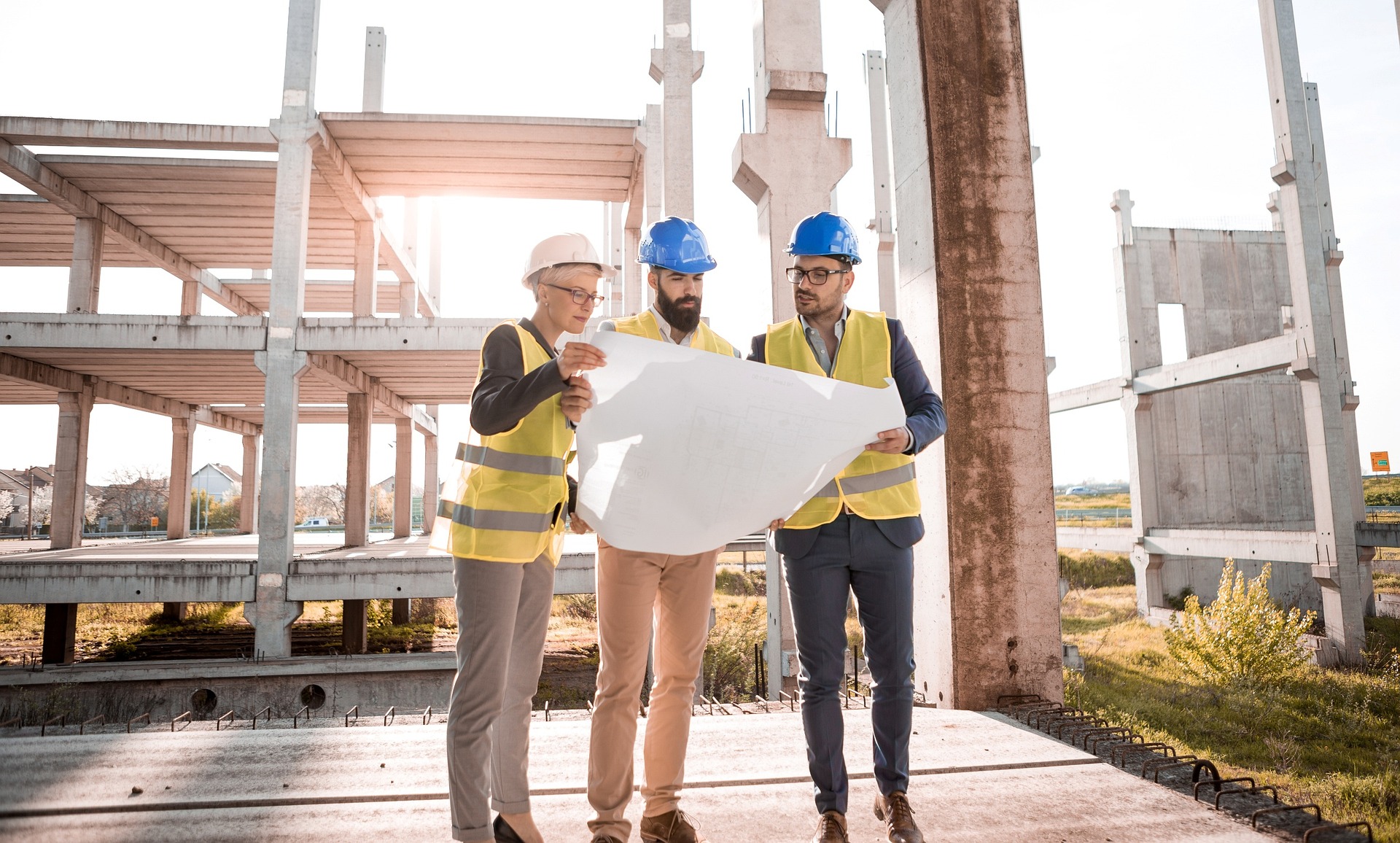Four factors that can make-or-break a renovation

Many buildings that reach the end of the life they were designed for can look forward to being revitalised in order to bring ageing areas back up to standard - or they may even be reshaped and reformed to suit an entirely new role!
Buildings that are truly made to last can expect to serve several purposes over time. We can see this in many of today’s towns and cities, where centuries old manufacturing and business sites are becoming apartments, shops, offices and sometimes even valuable community facilities such as leisure centres, museums and nurseries.
Today, many sectors are facing increasing pressure to reuse buildings instead of knocking them down and creating new ones. This could be for a number of reasons, such as avoiding the environmental harm and carbon emissions of a new-build project or it could be for planning, time-saving or space restriction issues.
However, breathing new life into an old building is a fine art and requires a lot of specialist skills and technologies to achieve successfully. To help make sure that your next renovation goes as smoothly as possible – whether it’s a comprehensive refurbishment or just updating worn out or old components - we’ve listed out our four top tips for a successful project.
- Nothing beats being onsite
Renovations, compared to new-builds, don’t start with a blueprint – as there’s already a complex structure in place that needs to be carefully understood before new plans can be finalised.
Being on the ground and able to inspect the building first-hand is essential. During this process it’s important to pose a lot of questions, such as what are the walls made of? Are there any loose bricks or fixtures? What repairs, upgrades or changes have happened in the past? Does a HVAC system need to be installed? What’s the building’s U-value and is it up to standard? If not, how can it be improved? What’s the position of the windows and are new ones needed? If new ones are required do they need to be placed elsewhere if a new facade is being installed? Will the physics of the building still hold up after the renovation? The list is practically endless!
By ensuring that the product manufacturer joins you onsite to answer these questions they can provide the best advice for how to move forward. For example, a product that would have otherwise worked may not suit the reality of the situation and the supplier can recommend alternatives that would do a better job. The supplier can also work with the architect, contractor and application teams to ensure that the proposed design, timetable and quote is as accurate as possible.
Renovation projects are also likely to run into completely unforeseeable issues, which could range from finding hidden structural issues and degraded pipes to faulty wiring, poor airflow and moisture problems. Having a supplier that is able to ensure specialist technical advice as well as regular onsite visits when required will really help to unpick any problems that arise and ensure that each stakeholder achieves their ideal outcomes.
- Find the right system for the job
Selecting the right building materials the first time round will make the project more reliable and robust, avoiding failures during installation or soon after completion that would significantly increase both timescales and budgets.
Compatibility is an important issue here, as a product that works in a showroom may not function properly when in situ and combined with other components and materials. To avoid this problem, the supplier can advise on a whole system approach that takes into account not just the product in question but how it interacts with what’s around it.
Working with a supplier who has a comprehensive selection to choose from is also beneficial, as it means that multiple options can be worked through until the best solution is found. At Tremco CPG for example, our window sealing range doesn’t just include silicon, there’s a breadth of products which allows for a tailored and customised approach. This broad range of products also makes the whole process easier to manage, as only one source is required for multiple systems. What’s more, thanks to our in-house R&D department, if there’s any challenge that we’ve never seen before we can help create a bespoke solution.
- Have the right information for the job
It’s no use choosing a highly sophisticated product if no one understands how it works or how it’s installed. Renovation projects are complicated enough without having to worry about incorrect applications and if the work is not easy to control on the building site then this risk increases.
Products that are simple and easy to understand make it easier to share the relevant information and ensure that everyone on the application team knows what they’re doing. Working with a manufacturer that can help train the installers and make sure they understand the product and how to get the most out of it can be invaluable to avoiding onsite issues.
At CPG Europe, we work hand-in-hand with installers in a number of ways. This not only includes hosting dedicated training workshops across our product brands, but also by providing toolbox talks, undertaking site visits to inspect ongoing work and getting involved with troubleshooting tricky details.
And it’s not just the installers that need to make sure they have right information at the right time. Architects for example require access to complex information on every component to create their highly detailed plans. One example of this is for our Dryvit brand of external wall insulation and finishing systems, for which it’s vital that we can provide the architect with the necessary wind calculations and thermal specifications. The information must not only be accurate, but often it needs to be in the right format too, such as CAD drawings or BIM files, so that it can be incorporated into the design.
Finding a manufacturer that facilitates easy, streamlined communication between all parties is a significant benefit throughout the project.
- Plan for the future
The long-term viability of the building needs to be factored into the project early on. This means understanding the longevity of the building’s new purpose, whether it’s a factory becoming an office or an old municipal building being turned into flats, as well as knowing what upcoming trends and legislation need to be taken into account.
The drive to create more efficient and sustainable buildings is a key example, as renovated buildings will need to meet a much higher standard of energy efficiency than when it was first built. There’s also an increased emphasis on choosing materials with advanced green credentials, such as being manufactured, transported and installed with only minimal carbon emissions.
Specification choices could also affect the ongoing sustainability levels of the site, such as easy to clean floors that reduce water usage, low energy lighting that limits electricity requirements and a durable façade with thermal properties that will keep heating demands low.
Getting this right will ensure that the investment made in the renovation delivers value for money and that it meets the owner’s long-term goals.









